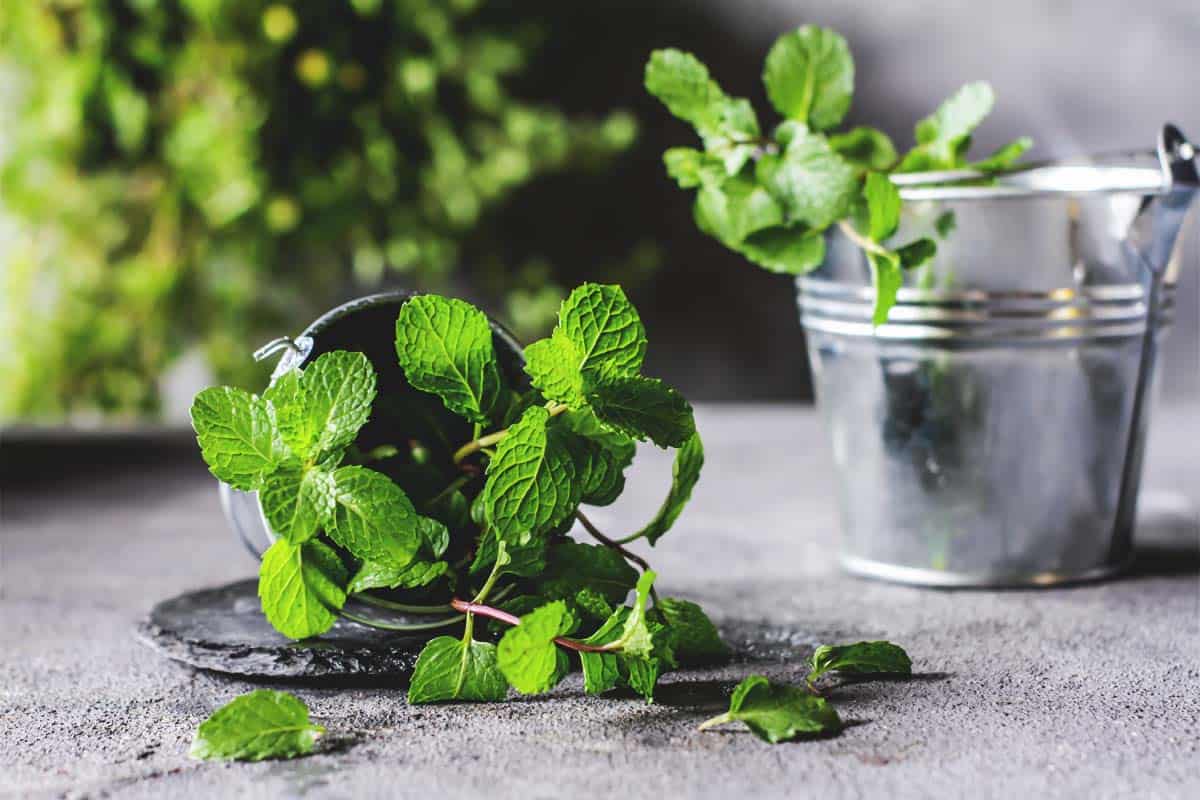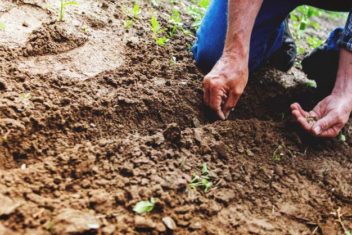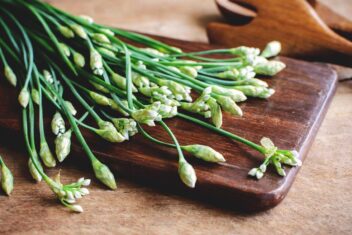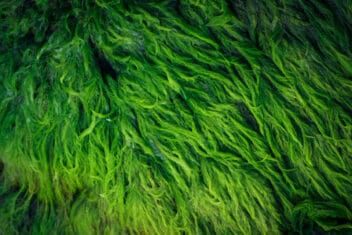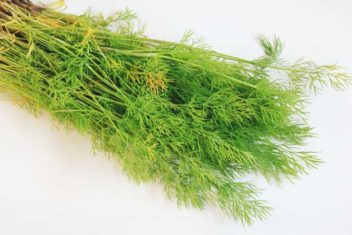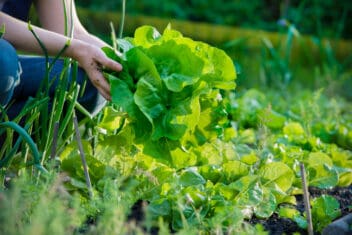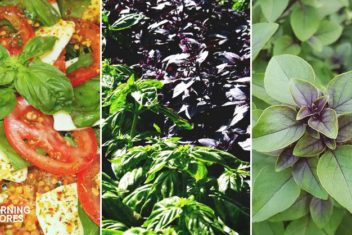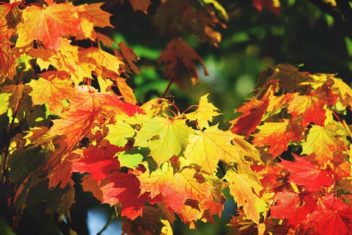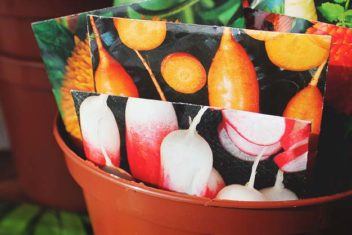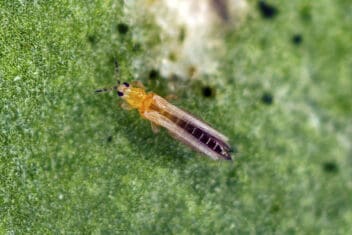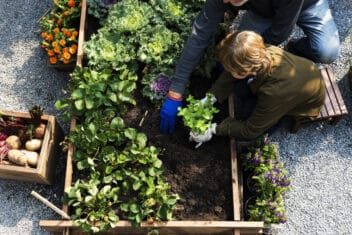Did you stumble upon bags of mint compost at your local nursery or garden center and wonder what the heck it was all about? Mint compost, also called mint hay compost, is gaining in popularity as a mulch across the country.
I had never heard of mint compost until I visited a local nursery, and they had bags available for purchase. I had to know what it was and how to use it. Did that mean my compost would smell minty? Would it make my other plants have a mint flavor? Is it better than other composts?
It turns out, mint mulch has plenty to offer to gardeners, and I was surprised that I had never heard of it before. Let’s dive into everything you need to know; it might be exactly what your garden needs!
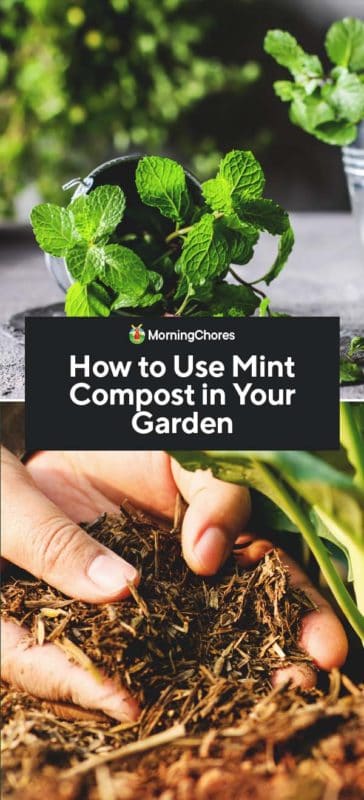
What is Mint Compost?
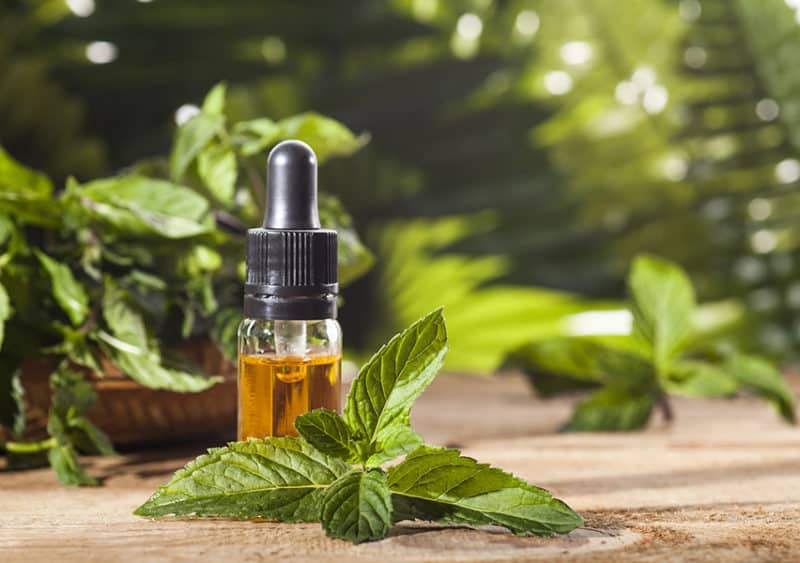
Mint hay compost is a byproduct of the peppermint and spearmint oil industry. Typically, companies use a steam distillation process to extract the essential oils from the plants. The mint leaves are leftover from the process.
On commercial farms, farmers harvest mint crops in a way that is similar to the process of harvesting grass and legume hay. Machines cut the mature plants, and the harvest plants air dry in the fields for several days before being chopped and sent to the distillery.
Upon arrival at the distillery, workers add the chopped mint hay into the steam distillation containers, where they process the oils from the plants at 212℉ for 90 minutes. The steam vaporizes the essential oils, which are sent into a condenser to cool, returning to a liquid state.
Plenty of plant materials remain leftover from the process. The remaining mint leaves are dark brownish or black in color and rich in organic matter. This is what makes up mint hay compost.
5 Ways to Use Mint Compost
If you’re interested in using mint mulch, here are some ways to use it in your garden.
1. Use It As An Organic Mulch
Mint hay compost can be used as a mulch in flower and vegetable garden beds. If you want to use it as a mulch, spread it evenly over your garden beds. Apply a 3 to 4-inch thick layer over the soil, just as you would with other mulches.
Mint mulch works as a short-term weed barrier. When used as a mulch, it keeps soil temperatures warm in the spring and fall time or cool in the summer.
2. Use It As a Soil Amendment
If you work mint compost into the soil before planting, it works as a soil amendment. When added to clay soil, it can help to increase water drainage, making it easier for roots to grow deeper into the ground. If you have sandy soil, adding it to the earth will increase water retention.
3. Use It to Deter Pests
Mint plants have a strong scent that many creatures find deterring. If you have issues with mice and rats, using mint mulch in your garden prevents them from visiting. At the same time, the mint scent deters aphids from visiting and creating large populations.
4. Use It As a Side Dressing
Another way that you can use mint mulch in your garden is as a side dressing around shrubs and other garden plants. When you use it as a side dressing, you’ll improve plant nutrition and increases yields. To use, spread it manually along the base of your plants.
5. Use It In Your Orchard
Do you grow apples or other fruits on your property? Orchards need mulching just as much as gardens do. A study completed which asked orchard owners about their experience with mint mulch indicated that many had excellent harvest with good yields and improved tree growth.
The 7 Benefits of Mint Compost
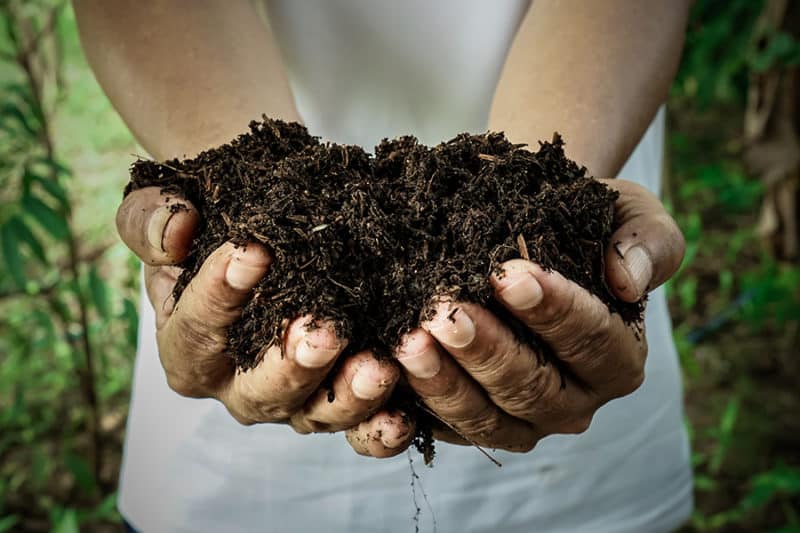
While you might not have heard of mint compost before, gardeners, landscapers, and commercial vegetable producers, as well as orchard owners have used mint as mulch for years. It has dozens of benefits, but let’s take a look at the most well-known ones.
1. It Won’t Introduce Bacteria
Unlike other types of compost that might introduce viruses or fungi, the distillation process sanitizes mint compost. This process also kills weed seeds, plant pathogens, viruses, and fungi. You don’t have to worry about introducing anything that might damage your plants.
You might worry that it might carry the fungus Verticillium dahliae, which is the cause of verticillium wilt. However, that fungus cannot live above 140℉ for more than 30 minutes. Since the distillation process heats the mint to above 200℉ for 90 minutes, the fungus is unable to live at that temperature.
2. Adds Organic Matter
Mint mulch contains thousands of micronutrients that animal manure compost, along with being a source of natural nutrients. It’s high in nitrogen, and it also contains potassium and phosphorus. Those are the three most essential nutrients found in commercial fertilizer.
3. Promotes Sustainable Agriculture
One of the reasons that people love mint mulch is that it supports sustainable agriculture. It’s a byproduct of a safe, chemical-free process. Instead of tossing that byproduct out, companies use it to create a useable product that enriches the soil and decomposes over time.
4. Improves Water Retention
Adding mint mulch to your garden helps to improve the water retention of your soil while also reducing the need for irrigation.
If you mix it into the soil before planting, it can either help increase the drainage of the soil or help it retain more moisture. If you use it as a mulch, it stops the water from evaporating too quickly from the ground. That means you don’t need to water as often.
5. Improves the Soil Quality
Mint compost contains natural humus, which can enhance clay soils and sandy soil. It’s 100% natural, so it’s the perfect organic material to add to your garden beds. You can use it for soil amendments as well because it has a neutral pH level of 6.8.
6. Regulates Soil Temperature
Mulching your garden beds helps to keep soil temperatures warm while also controlling weeds.
If you apply a 3-to-4 inch thick layer of mint compost to your garden bed, it helps keep the soil cooler during the summer months while also warming up the soil during the spring and fall. Mulch this thick also blocks out the sunlight, so it prohibits the growth of weeds.
7. Deters Bothersome Creatures
Many creatures aren’t big fans of the scent of mint. Mint compost acts as a deterrent to mice, rats, and insects. That’s why you can plant mint around your garden beds to deter pests. It’s best to keep mint in a container, though, because it has an aggressive growth pattern. Mint can quickly take over a garden bed if left unchecked.
Are There Any Cons to Mint Mulch?
For the most part, mint mulch has plenty of pros to using it in your garden, but there are a few cons to consider.
- Mint decomposes rapidly when placed in your garden, so it’s considered a short-term mulch. You’ll need to apply regular layers to keep it in your garden.
- It’s also difficult to spread because it has a chunky texture that doesn’t cover soil as evenly as other mulches.
- Mint compost is expensive. It can range from $10-15 for a one-and-a-half cubic foot bag. It can cost around $60 per yard. Depending on the size of your garden, it could cost a lot of money to cover the beds.
- Typically, mint compost is only available in the fall from garden centers, but you might be able to find some leftover in the spring. Mint is harvested in the fall for the distillation process, so it won’t be easy to find in the summer months. That means you need to plan ahead if you want to use it!
Using Mint Compost in Your Garden
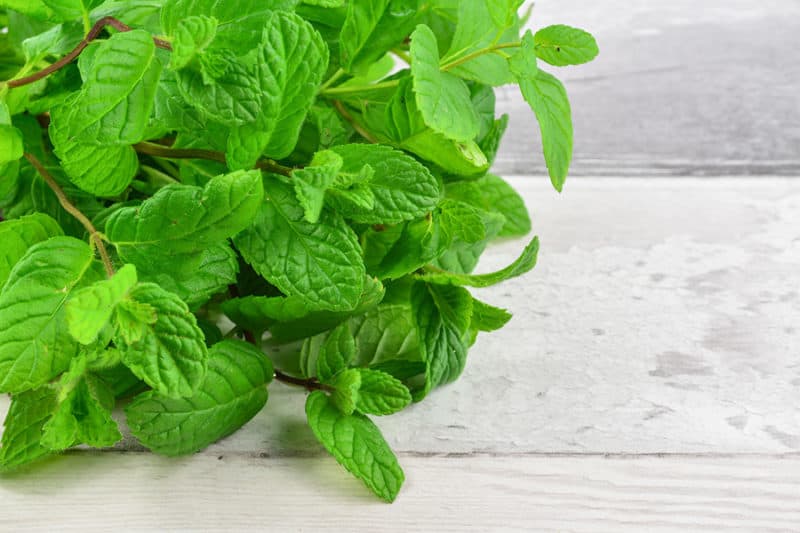
While mint compost doesn’t tend to the first choice for most gardeners, it has become more popular over the years as it becomes more available. The essential oil market has grown exponentially, leading to more and more mint compost available.
If you want a compost that is safe to use for almost all plants and won’t introduce bacteria yet has all of the needed nutrients for plant growth, mint compost could be the answer. Call your local garden center or nurseries to ask if they have any available for you.
